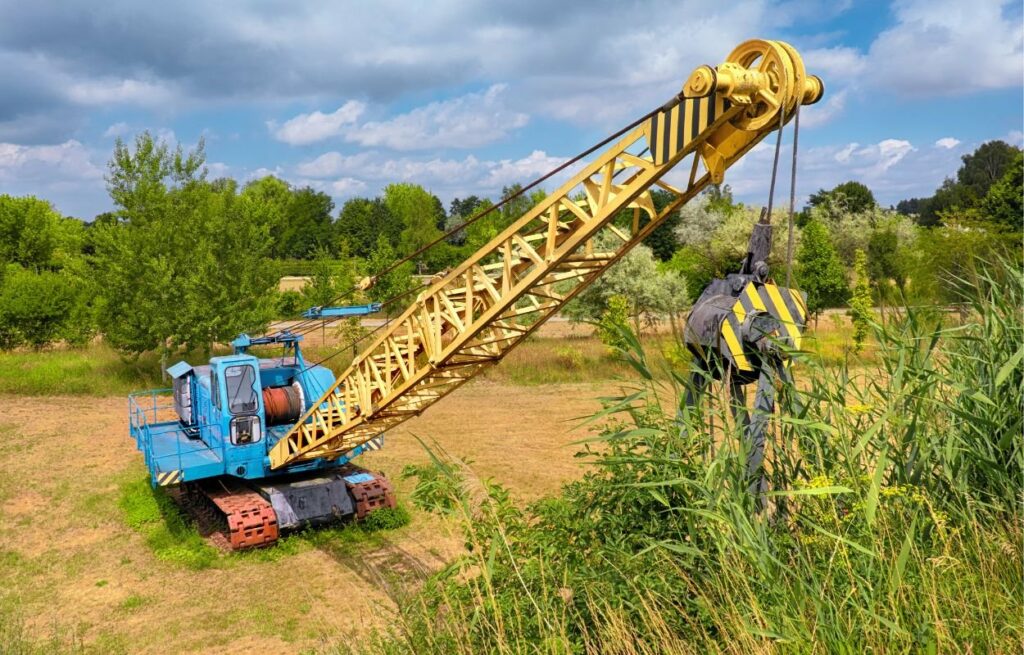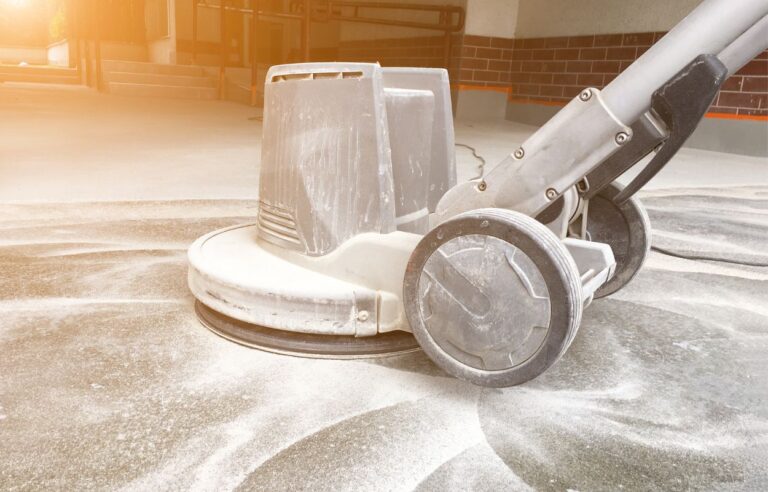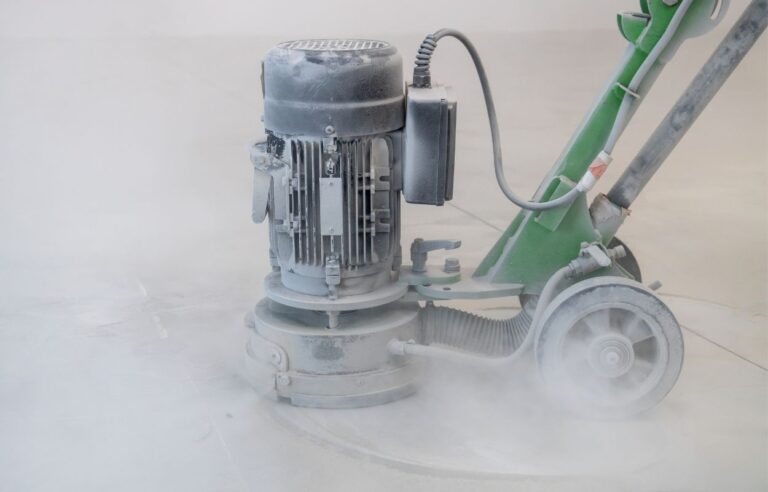
When it comes to heavy-duty excavation work, few machines can match the sheer power and efficiency of dragline excavators. These colossal pieces of machinery have become synonymous with large-scale earthmoving projects, revolutionizing the field of excavation. In this blog post, we’ll delve into the world of dragline excavators, exploring their design, functionality, and their crucial role in local excavation services.
UNDERSTANDING DRAGLINE EXCAVATORS
Majestic Giants
Dragline excavators are mammoth machines that dominate construction sites. With their towering booms and massive buckets, they are designed to handle substantial quantities of material in a single scoop. The sheer size of these excavators allows them to efficiently move earth over long distances.
Mechanical Marvels
At the heart of a dragline excavator lies an intricate system of pulleys, cables, and motors. The machine’s boom is suspended from a large mast, resembling a crane, with a bucket attached at the end. The operator controls the excavation process by manipulating the cables, allowing for precise and powerful digging.
THE ROLE IN LOCAL EXCAVATION SERVICES
Efficiency in Action
Local excavation services benefit immensely from the use of dragline excavators. These machines excel in large-scale projects, such as digging foundations for buildings, creating reservoirs, or extracting minerals. Their efficiency lies in the ability to move vast amounts of material quickly, reducing project timelines and costs.
Versatility Unleashed
Dragline excavators are versatile tools that can adapt to various excavation tasks. Whether it’s removing overburden in mining operations or dredging rivers for construction projects, these machines prove their worth across diverse applications. Their adaptability makes them indispensable for local excavation services dealing with a range of projects.
CHALLENGES AND INNOVATIONS
Environmental Considerations
While dragline excavators are powerful allies in excavation projects, their massive scale can pose challenges, especially in terms of environmental impact. Local excavation services are increasingly focusing on implementing eco-friendly practices and innovations to minimize the ecological footprint of dragline excavators.
Technological Advancements
In recent years, technological advancements have led to the development of more energy-efficient and environmentally friendly dragline excavators. Hybrid models and improved control systems not only enhance the performance of these machines but also contribute to sustainable excavation practices. Local excavation services are quick to adopt these innovations to align with modern environmental standards.
SAFETY MEASURES
In the dynamic world of excavation, ensuring the safety of both operators and those working in the vicinity is paramount. Dragline excavators, with their impressive size and power, require meticulous attention to safety protocols. Local excavation services prioritize the implementation of rigorous safety measures, including comprehensive training for operators and strict adherence to operational guidelines. Regular maintenance checks and equipment inspections further contribute to a secure working environment. As these machines play a crucial role in reshaping the earth’s surface, maintaining a focus on safety underscores the responsible use of dragline excavators in local excavation services.
In the realm of local excavation services, dragline excavators stand tall as symbols of power, efficiency, and versatility. Their ability to handle colossal excavation tasks makes them indispensable in the construction and mining industries. As technology continues to evolve, these mechanical marvels are adapting to meet the demands of both efficiency and environmental sustainability. Embracing the advancements in dragline excavator technology ensures that local excavation services can continue to reshape the landscape while minimizing their impact on the environment.





